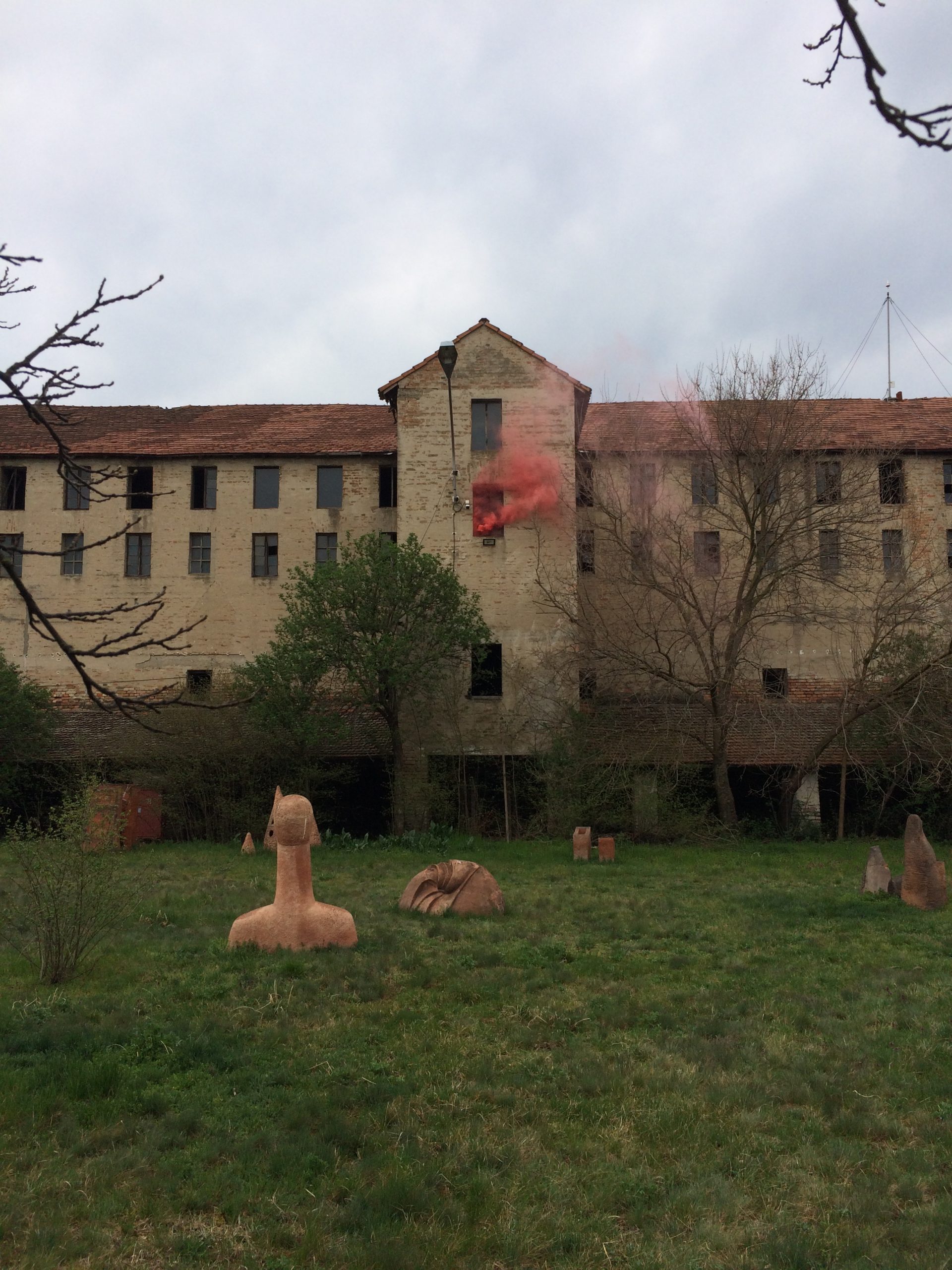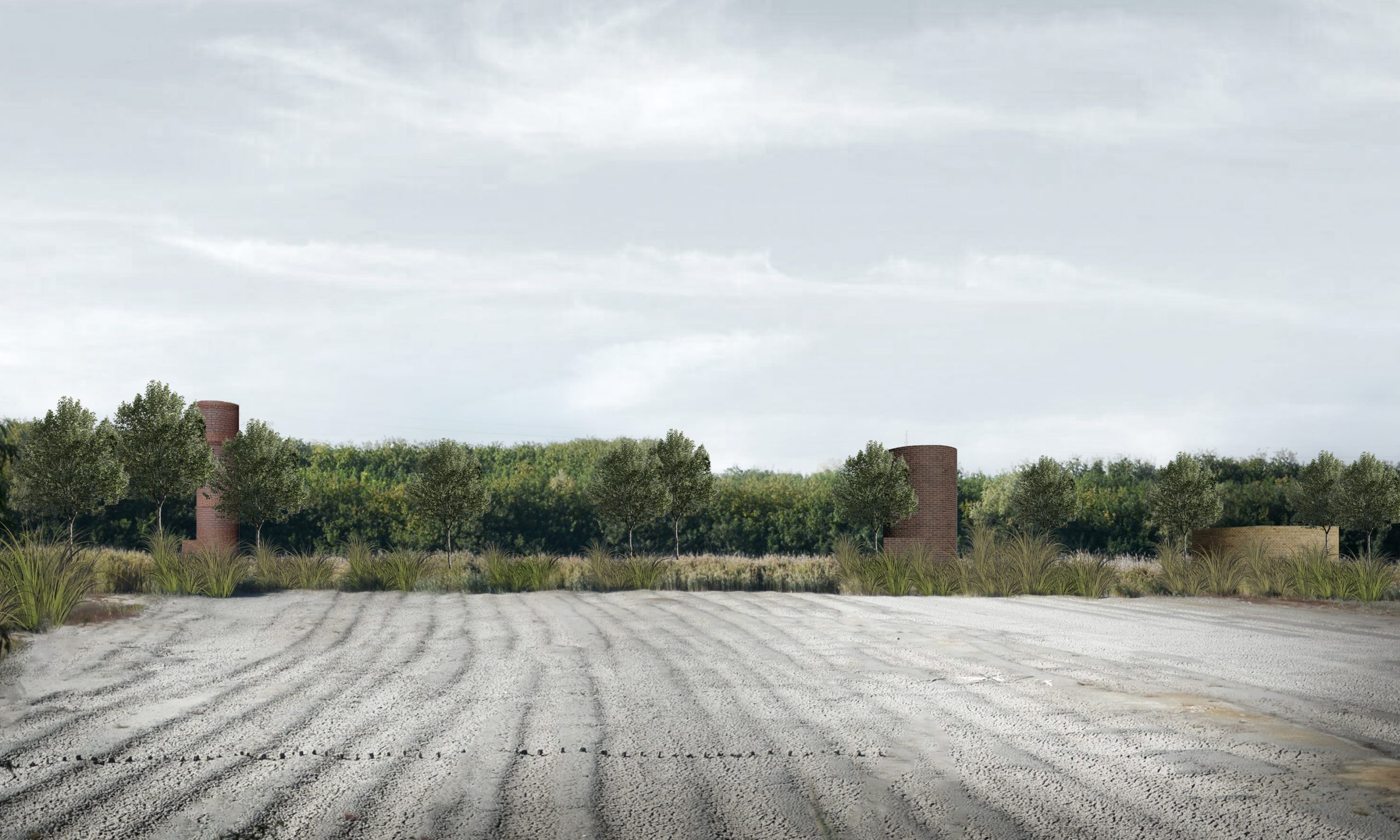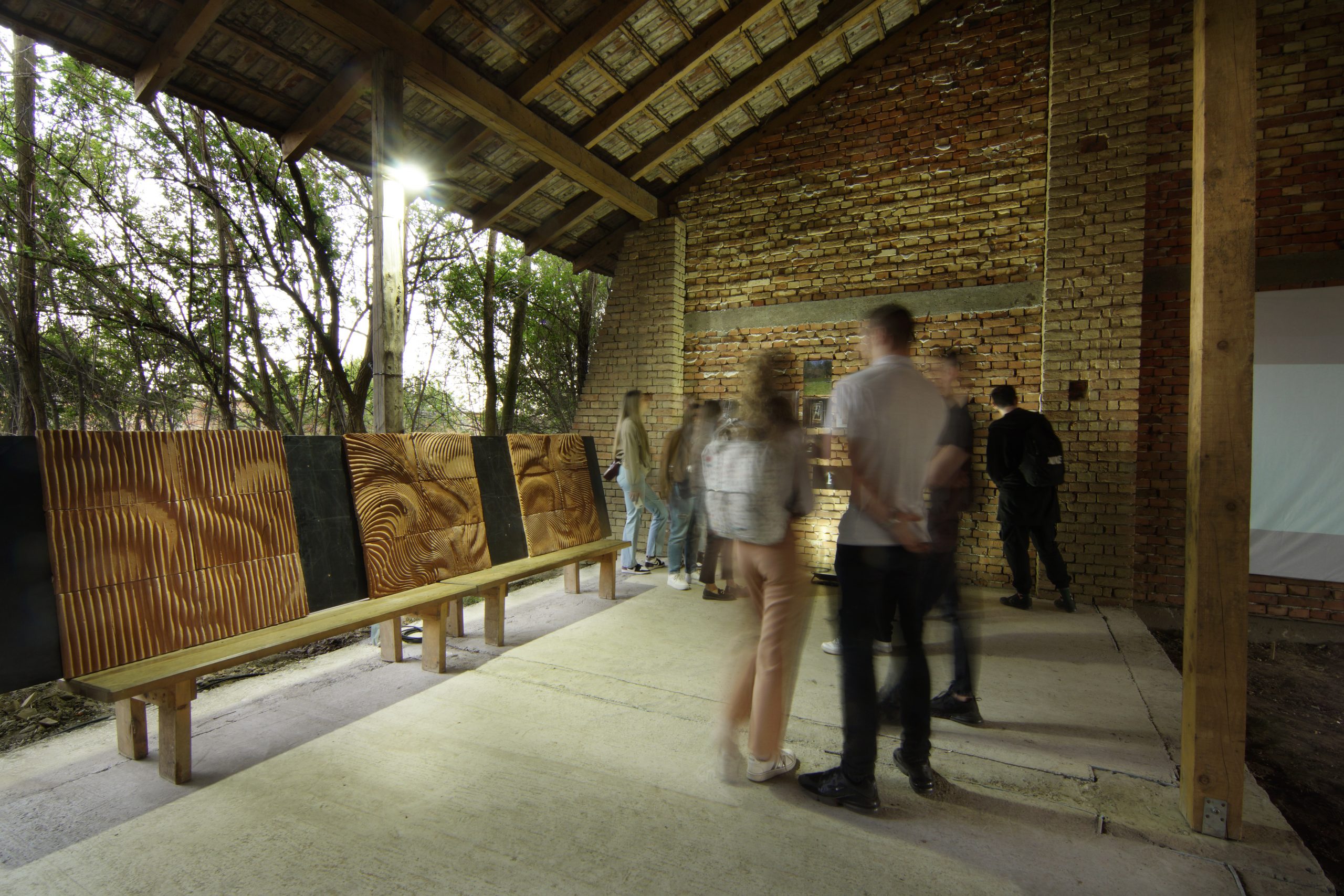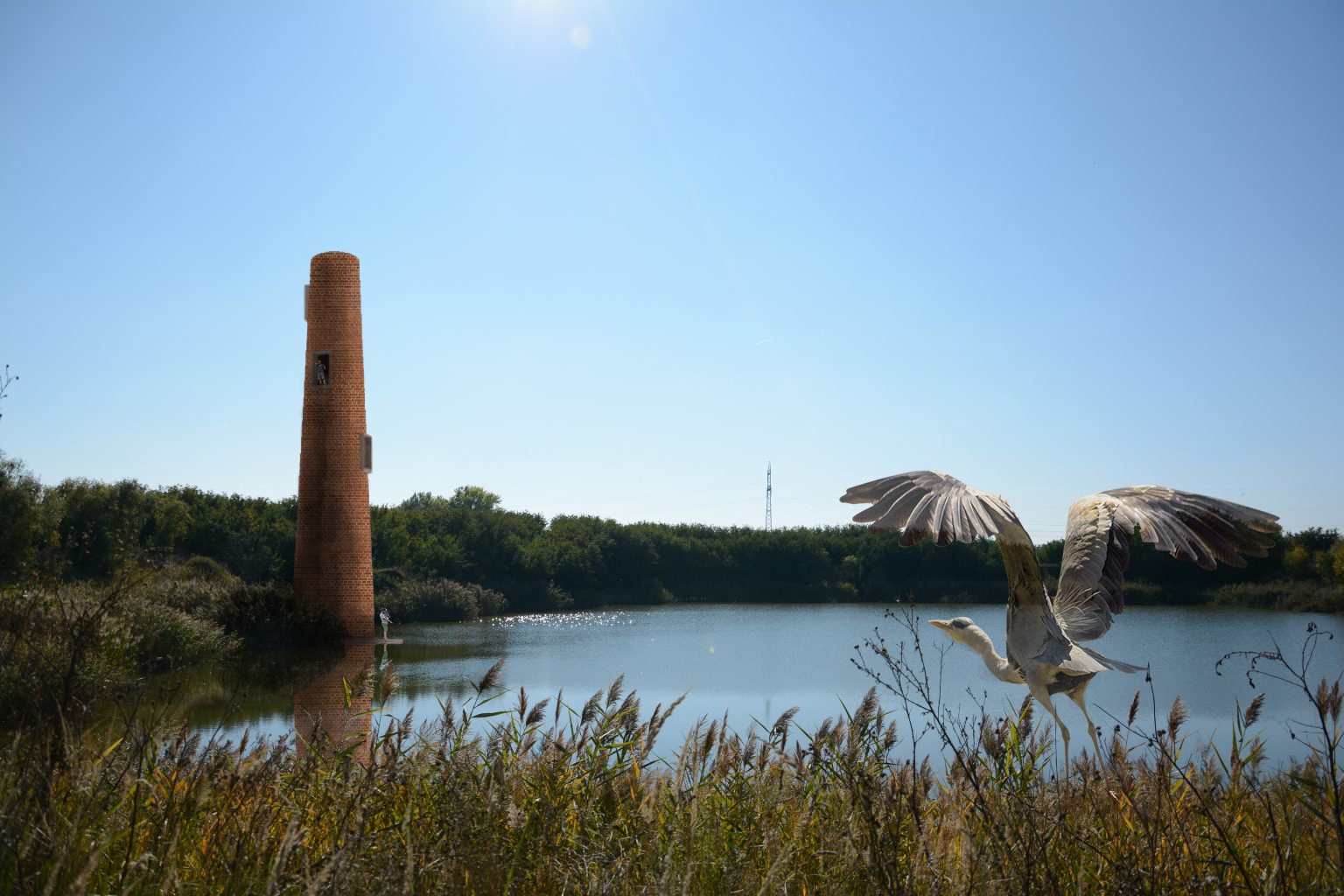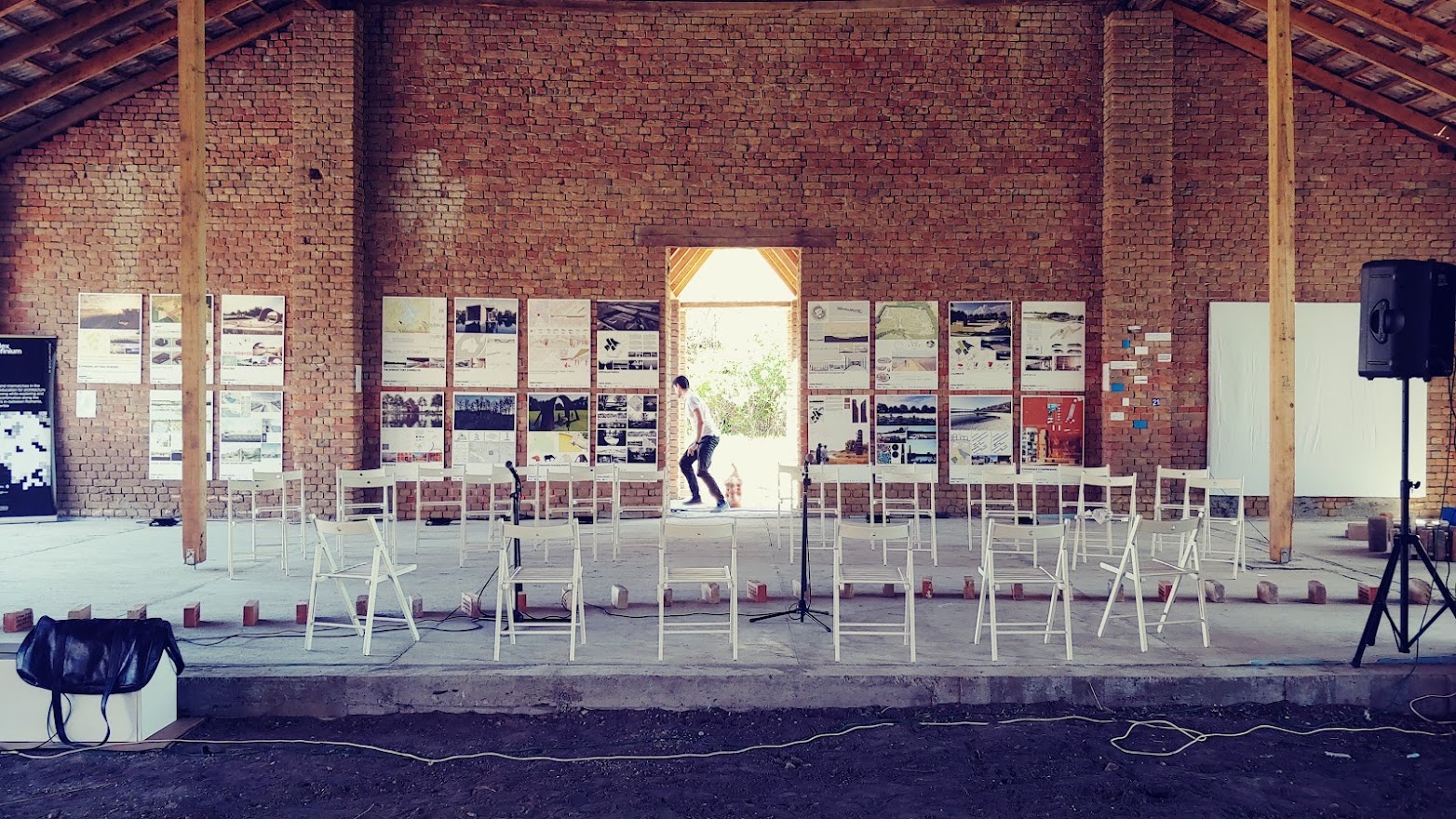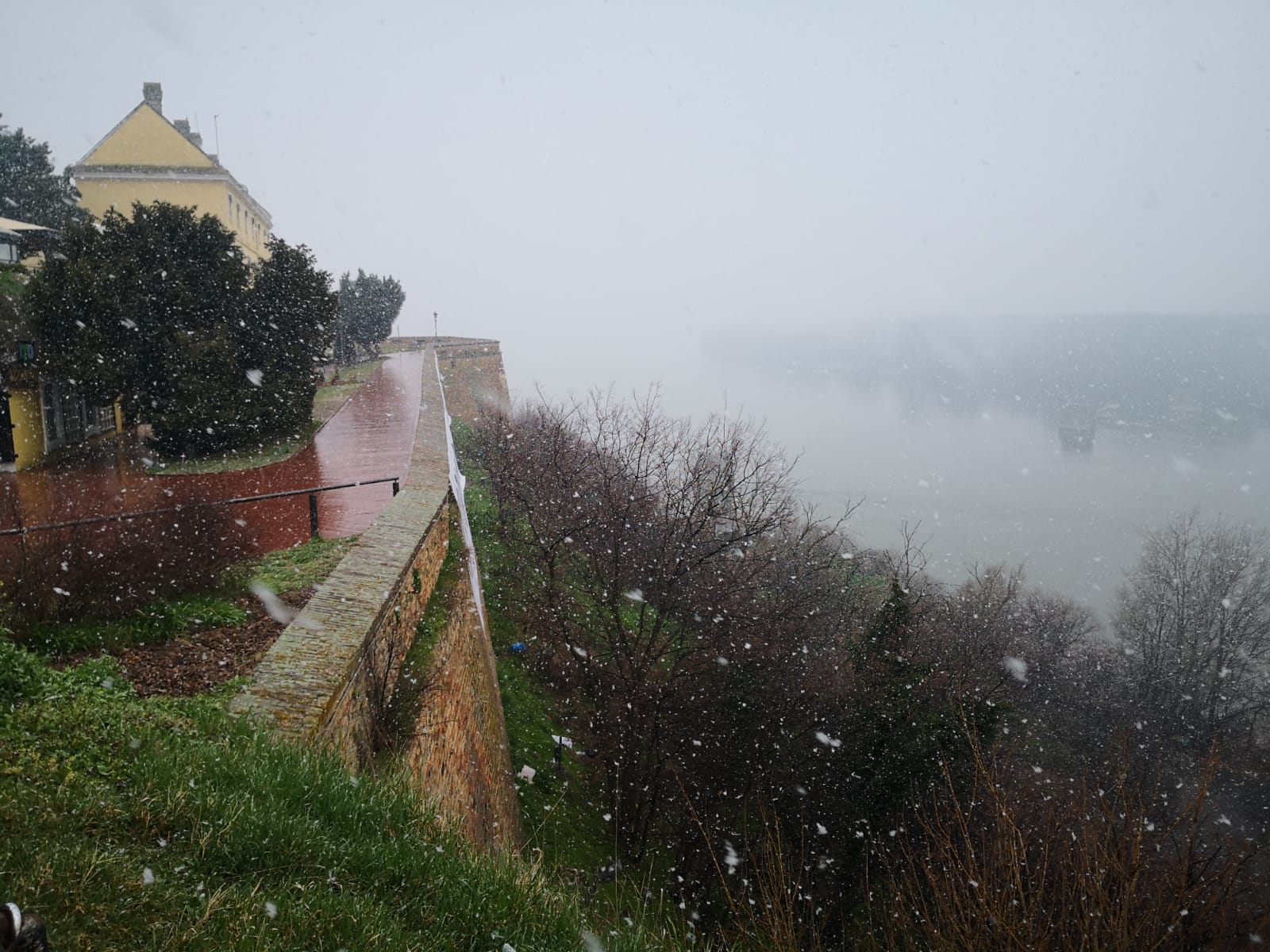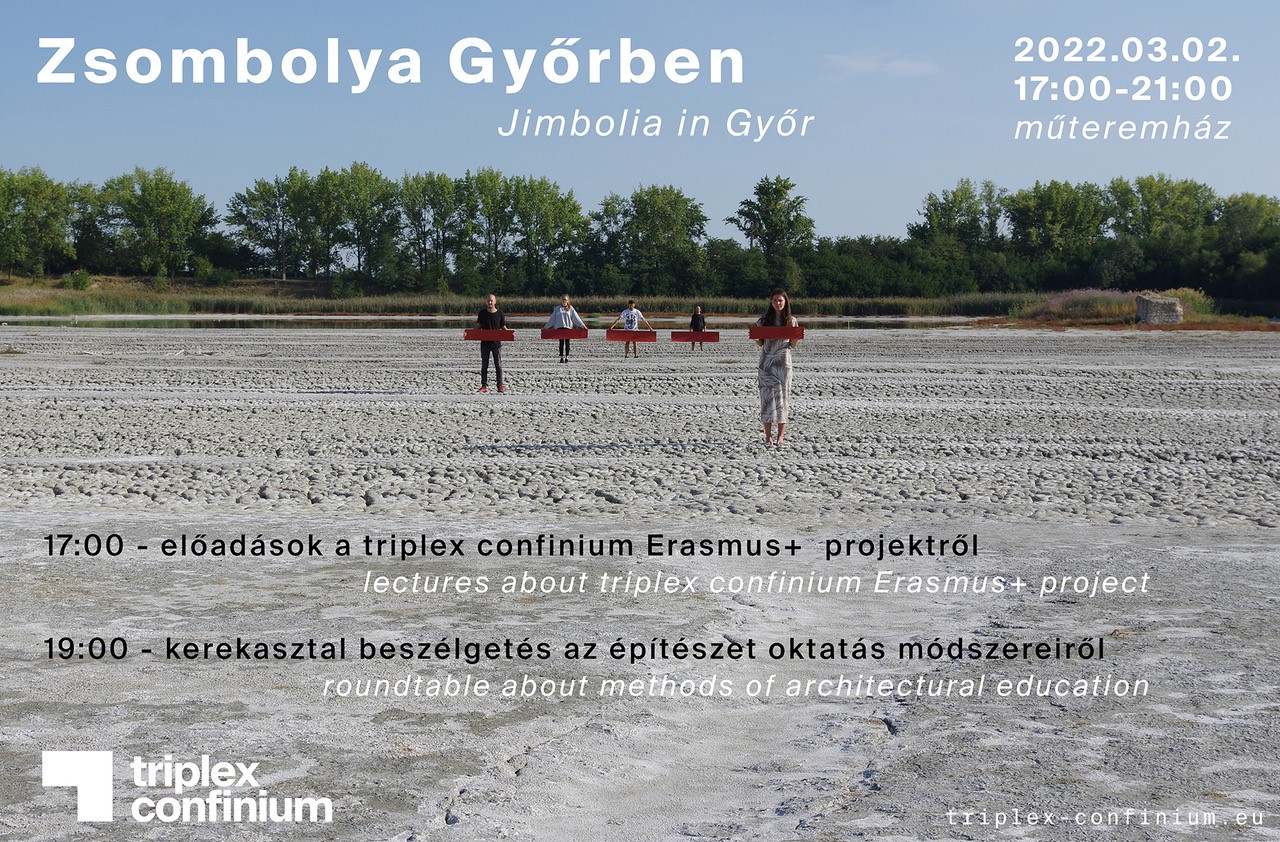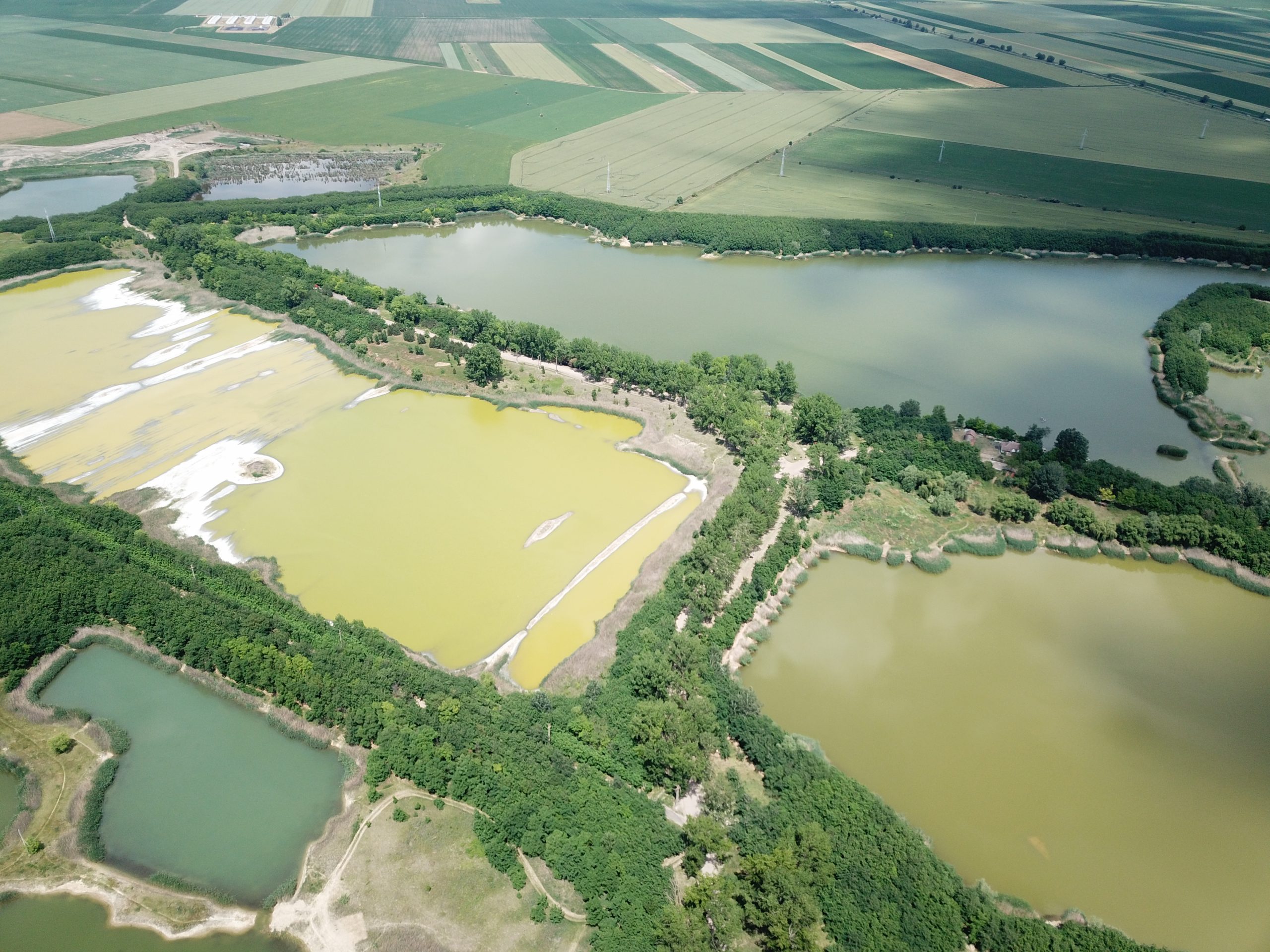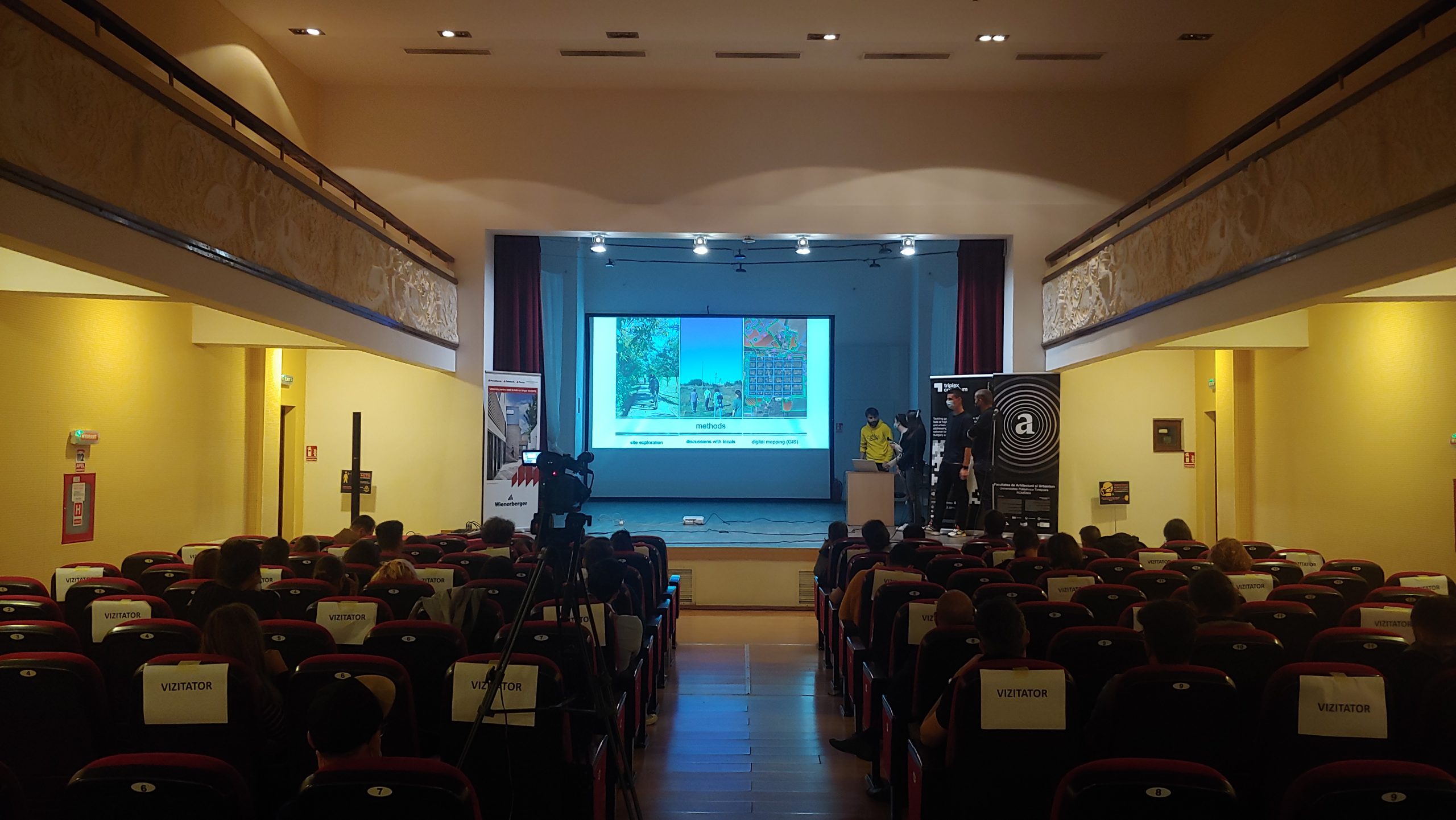HERITAGE OF THE BRICK INDUSTRY IN KIKINDA
As we did at the first Triplex Summer School in Jimbolia during the past september of 2021, in Kikinda we also bet to work with the memory and the remains of the built heritage of the town of Kikinda.
THE BORDER THAT CONNECTS
A light intervention, with small constructions inserted at key points in the site, nicely woven with the vegetation. Their concentration on the borders would help bring together the lakes with the rest of the territory, while leaving the heart of the area mostly untouched. History is present in a symbolic way, becoming a resource for the future and a memorable experience.
SAY CLAY
The “Say Clay” workshop represents a continuation of the previous exploration conducted in Jimbolia in the Think Brick workshop. While the focus of the previous workshop was on the application of the finished ceramic module – a brick, which is widely available in the Banat region, the focus of this workshop is placed on making an actual clay product. The
JIMBOLIA TOGETHER
”Jimbolia Together” covers a large part of the competition criteria. It values the concept of brick by the fact that it uses this material to build the chimney, but also by the fact that both the pontoon and the social space in the dried lake are made of pieces that mimic the shape of the brick. In this way, the
EXPERIENCE COMPRESSOR_ impression point of Jimbolia
The building has a strong dual character, horizontal and vertical segment in terms of architecture, as well as daily activities on the ground floor and cultural content vertically in terms of function. The object was created as an enlarged artifact like those found at the site in question. Using locally available materials, the building strives to fit into the existing
LTT2 KIKINDA CLOSING EXHIBITION and Multiplier event.
On the 14th of April, the compound of the Terra Studio in Kikinda hosted the second multiplier event and closing exhibition of the two summer schools organized as learning teaching training experiences within the Triplex Confinium strategic Erasmus partnership. For the second multiplier the emphasis was placed on local communities and their reception of the Think Brick submissions as well
SECOND INTERIM TRANSNATIONAL MEETING- in snowy NOVI SAD!
Between the 5th and 6th of March Triplex Confinium project partners met in Novi Sad for their second interim transnational project meeting.
DEBRECEN MULTIPLIER EVENT
Before organising the multiplier event, it was important to choose a location where we could reach the most architecture students independents from participating universities. This is why we decided to organise the event in Győr, not in Debrecen, in the Architect Atelier, which is the home of the school of architecture of Győr, as part of the students's professional day.
ATLAS 01- THE QUARRY LAKES
The complex activity of land exploitation carried out over time in Jimbolia, in order to produce ceramic products, led to the appearance of several pits that later transformed, naturally, into anthropic lakes. In the native language, these water filled earth quarries are called "bălți". In their current natural state, the lakes are a good reference point for observing the interaction





